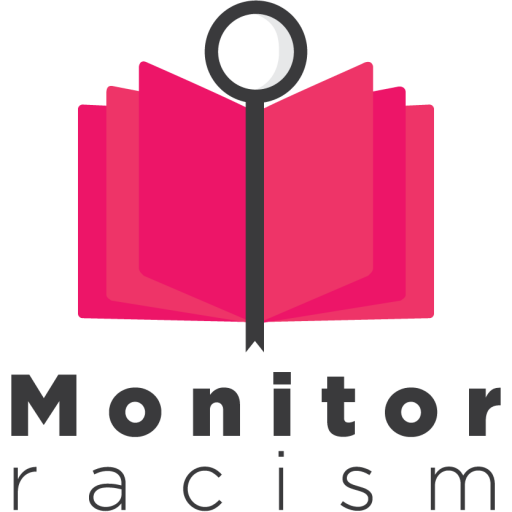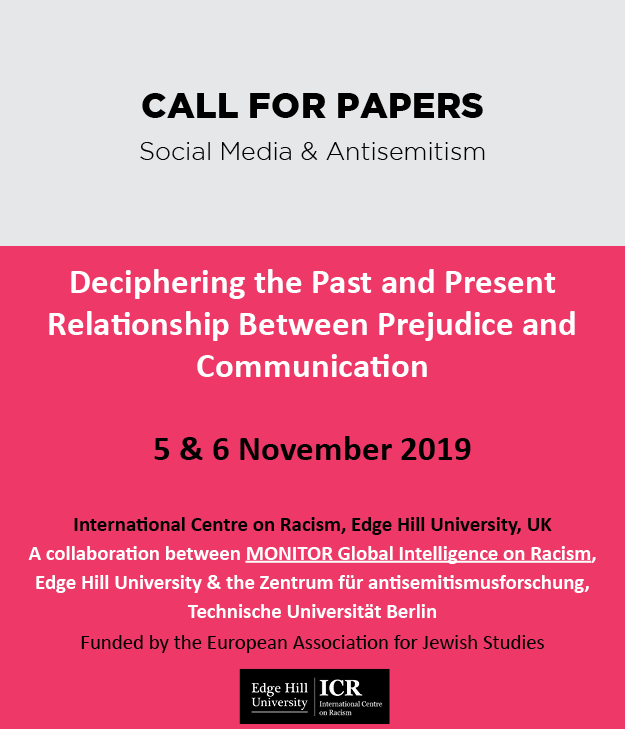Omer Bartov
May 2019
My recently published book, Anatomy of a Genocide: The Life and Death of a Town Called Buczacz, examines the manner in which genocide took root in a small, multiethnic town. Research entailed not only traveling to nine countries and culling documents from over fifty archives in multiple languages, but also using personal accounts by hundreds of protagonists.
The initial impetus for the book was my urge to comprehend the encounter between the perpetrators and the victims during the Holocaust, often been described as an instance of industrial killing in which personal contact was avoided by means of bureaucratic procedures and mechanized killing. In this I was influenced by the events in Bosnia and Rwanda, where over a million people were murdered, frequently by their own neighbours, using such means as machetes, personal weapons, and fire.
I thus chose to investigate the events of the Holocaust in a single town in Eastern Europe, where most of the Jews had lived, and where most of them were murdered, often in their own homes, cemeteries, synagogues, and nearby hills, woods, and creeks. Buczacz, the focus of my study, also happened to be where mother spent her childhood, and it was only when I interviewed her in 1995 that I realized that this site of genocide had been one of hundreds of towns where people of different ethnicities and religions had lived side by side for centuries. This raised another major question: how did such communities of long-term coexistence transform into communities of fraternal violence?
The single most important factor can be traced back to the rise of ethno-religious and territorial nationalism in this region in the second half of the 19th century. In this new discourse, Poles and Ukrainians competed with each other over ownership of the land: Poles described themselves as the carriers of a “civilizing mission” to the “wild lands” of the east, whereas Ukrainians claimed to be the indigenous population colonized and exploited by Polish lords and their Jewish lackeys. Where both groups agreed was that in their respective future nation states there would be no place for Jews. For their part, Jewish nationalists, who were mostly Zionists, focused their territorial aspirations elsewhere, in Palestine.
These increasingly antagonistic narratives were transformed into physical violence under the impact of World War I, which devastated the land and visited particularly brutal violence on the Jews at the hands of the occupying Russian army. Buczacz underwent several pogroms and other instances of Russian brutalities. The end of the World War in this region was followed immediately by a savage war, replete with massacres and pogroms, between Poles and Ukrainians vying for control.
Once this area, known earlier as eastern Galicia, came under Polish rule, the new authorities ruthlessly suppressed Ukrainian nationalism, leading to the creation of a violent Ukrainian response that sought to create a Pole- and Jew-free independent Ukraine. Aiming to strengthen their new Polish nation state, Polish nationalists meanwhile also increasingly veered toward to antisemitism. The occupation of Eastern Poland by the Soviet Union in 1939 further exacerbated these tensions, as the Soviets deported vast numbers of real and imaginary opponents and intentionally incited one ethnic group against another.
Consequently, the invasion of the USSR by Germany in 1941 unleashed a vast wave of popular violence in the cities and towns of Galicia even before the arrival of the Germans, much of it directed against local Jews blamed especially by Ukrainian nationalists for having collaborated with the Soviets. This was followed by the establishment of a German security apparatus whose main goal in the region was to eradicate the 500,000 Jews of Galicia.
In the region of Buczacz and the nearby town of Czortków, a German Security Police outpost numbering 20 men, murdered 60,000 Jews between late summer 1942 and early summer 1943, 10,000 of them in Buczacz alone. Half of the victims were transported to the Bełżec extermination camp, while the rest were shot in situ.
The killing was greatly facilitated by local collaboration, especially by former Ukrainian militiamen transformed by the Germans into auxiliary police forces of numbering hundreds of men. These policemen had often been prewar neighbours of their Jewish victims; similarly, the German perpetrators got to know the Jews during the year preceding their murder as their cooks, maids, babysitters, tailors, doctors, dentists, and so forth.
Once most of the Jews were murdered by June 1943, Ukrainian nationalists launched an ethnic cleansing campaign against their Polish neighbours. The fraternal conflict that ensued cost the lives of tens of thousands of Poles and Ukrainians. And when the Soviets returned in summer 1944, they not only brutally suppressed the Ukrainian insurgency, but also conducted a Polish-Ukrainian population exchange. By the late 1940s this centuries-old multiethnic region became ethnically homogeneous and had largely forgotten its former Jewish and Polish inhabitants or their murder and expulsion.
What then do we learn from this study of a local genocide?
- The genocidal encounter between perpetrators and victims at the local level was intimate -not detached- since the killers and their prey often knew each others.
- The killing at the local level was public -not secret- but an event watched, heard, and known by all residents.
- In such local massacres there were no bystanders, but only degrees of engagement, ranging from collaboration to rescue.
- Local rescue often entailed an ambiguity of goodness, whereby rescuers could denounce “their” Jews, not least for reasons of material gain.
- In order to grasp the social-psychological dynamics of local genocide in multiethnic societies, we must trace the evolution of interethnic relations far back into the past.
- Additionally, such understanding also calls for using not only official documentation, but also first-person accounts.
- Personal accounts often portray the witness’s ethnic group as a victim of its neighbours, who are also usually said to have benefited from this victimization.
- Studying the Holocaust at the local level reveals many similarities with other genocides, historical and experiential.
- A close study of local genocide reveals the extent to which our own sense of security in our neighborhoods is often based on a thin crust of social order and mutual respect; it can easily shatter when certain groups in our society are identified as being outside the bounds of human solidarity, and when the law and its enforcers are employed against those marked for exclusion, expulsion, incarceration, or death.
Omer Bartov’s latest book is Anatomy of a Genocide: The Life and Death of a Town Called Buczacz (Simon & Schuster, 2018). Omer is the John P. Birkelund Distinguished Professor of European History and Professor of History and Professor of German Studies at Brown University, U.S.


